I want to use the vba sumifs array and scripting.dictionary because there are a hundred thousand records there may be the best solution. For information sheet "DBALL" is the source and sheet "RECON" is the result. I also found the vba code below but it doesn't match the result.
info formula sheet "RECON" column B "In" = SUMIFS(DBALL!$A$2:$A$5,DBALL!$C$2:$C$5,RECON!$A2,DBALL!$B$2:$B$5,RECON!B$1)
info formula sheet "RECON" column c "Out" = SUMIFS(DBALL!$A$2:$A$5,DBALL!$C$2:$C$5,RECON!$A2,DBALL!$B$2:$B$5,RECON!C$1)
info formula sheet "RECON" column d "difference" = B2-C2
Thanks
Sub SUMIFSFASTER()
Dim arr, ws, rng As Range, keyCols, valueCol As Long, destCol As Long, i As Long, frm As String, sep As String
Dim t, dict, arrOut(), arrValues(), v, tmp, n As Long
keyCols = Array(2, 3) 'these columns form the composite key
valueCol = 1 'column with values (for sum)
destCol = 4 'destination for calculated values
t = Timer
Set ws = Sheets("DBALL")
Set rng = ws.Range("A1").CurrentRegion
n = rng.Rows.Count - 1
Set rng = rng.Offset(1, 0).Resize(n) 'exclude headers
'build the formula to create the row "key"
For i = 0 To UBound(keyCols)
frm = frm & sep & rng.Columns(keyCols(i)).Address
sep = "&""|""&"
Next i
arr = ws.Evaluate(frm) 'get an array of composite keys by evaluating the formula
arrValues = rng.Columns(valueCol).Value 'values to be summed
ReDim arrOut(1 To n, 1 To 1) 'this is for the results
Set dict = CreateObject("scripting.dictionary")
'first loop over the array counts the keys
For i = 1 To n
v = arr(i, 1)
If Not dict.exists(v) Then dict(v) = Array(0, 0) 'count, sum
tmp = dict(v) 'can't modify an array stored in a dictionary - pull it out first
tmp(0) = tmp(0) + 1 'increment count
tmp(1) = tmp(1) + arrValues(i, 1) 'increment sum
dict(v) = tmp 'return the modified array
Next i
'second loop populates the output array from the dictionary
For i = 1 To n
arrOut(i, 1) = dict(arr(i, 1))(1) 'sumifs
'arrOut(i, 1) = dict(arr(i, 1))(0) 'countifs
'arrOut(i, 1) = dict(arr(i, 1))(1) / dict(arr(i, 1))(0) 'averageifs
Next i
'populate the results
rng.Columns(destCol).Value = arrOut
Debug.Print "Checked " & n & " rows in " & Timer - t & " secs"
End Sub
Source

RESULT

